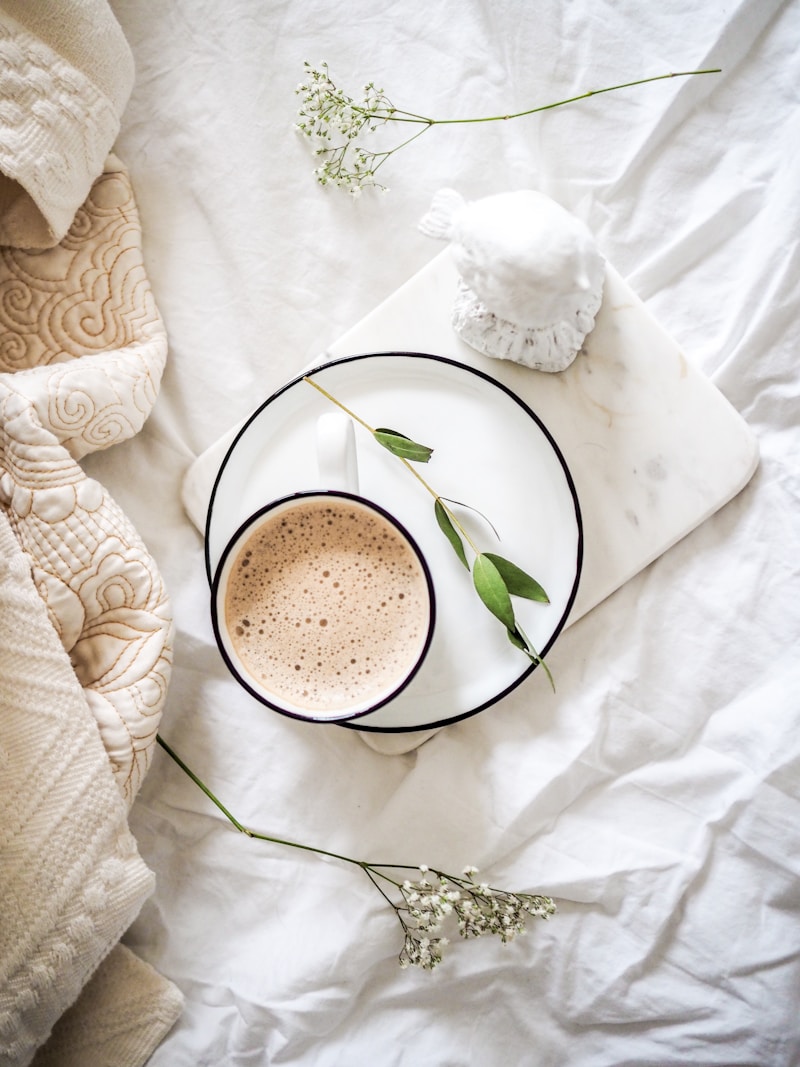Unlocking the Art of Handmade Fabric Detailing: Everything You Need to Know
Introduction
In the world of fashion and interior design, the significance of handmade fabric detailing cannot be overstated. This skilled technique not only enhances the aesthetic appeal of various items but also tells a story that machine-made products simply cannot convey. This article dives deep into the art and importance of handmade fabric detailing, offering insights, tips, and a comprehensive guide for enthusiasts and creators alike.
The Allure of Handmade Fabric Detailing
Handmade fabric detailing involves the meticulous application of techniques and embellishments to create one-of-a-kind pieces. From intricate embroidery to carefully sewn patches, this art form imbues individual items with character, depth, and exclusivity. As our society moves towards sustainability, consumers are increasingly drawn to handmade goods that offer a unique touch.
Why Choose Handmade Over Machine-Made?
Handmade fabric detailing offers several advantages over mass-produced items:
- Uniqueness: Each piece tells its own story and stands out from the crowd.
- Sustainability: Handmade products often utilize eco-friendly materials and practices.
- Quality: Artisans invest time and skill, resulting in superior craftsmanship.
- Customizability: Handmade items can be tailored to fit personal styles or specific requirements.
Key Techniques in Handmade Fabric Detailing
For those looking to master the art of handmade fabric detailing, it is essential to understand some fundamental techniques:
| Technique | Description | Tools Required |
| Embroidery | Decorative needlework that adds intricate designs or patterns. | Embroidery floss, needle, fabric |
| Appliqué | Attaching a piece of fabric onto a larger piece to create a design. | Scissors, fabric glue, needle |
| Patchwork | Combining different pieces of fabric to create a cohesive design. | Various fabric pieces, sewing machine |
| Fabric Painting | Applying paint to fabric for unique designs. | Fabric paint, brushes, stencil (optional) |
| Beading | Incorporating beads or embellishments to enhance fabric. | Beads, thread, needle |
Tools and Materials Needed
When diving into handmade fabric detailing, having the right tools and materials at hand is crucial for achieving high-quality results. Below are some essential items:
- Fabrics: Choose a variety of textiles like cotton, silk, denim, and felt.
- Threads: Utilize durable threads that complement your chosen fabrics.
- Needles: Different types of needles for various fabric types and tasks.
- Embellishments: Prepare sequins, beads, and other adornments for extra flair.
Getting Started with Your First Project
Now that you are equipped with the knowledge of techniques and tools, let’s explore how to start your first handmade fabric detailing project.
Step-by-Step Guide
- Choose Your Fabric: Select a fabric that inspires you and suits your project needs.
- Plan Your Design: Sketch your design or find inspiration online.

- Gather Materials: Ensure you have all the necessary tools and embellishments.
- Start Detailing: Work on your chosen technique, whether it’s embroidery, appliqué, or something else.
- Finish and Display: Complete your project by securing all threads and displaying it proudly!
Inspiration from Successful Artisans
Many artisans have made their mark in the world of handmade fabric detailing. Artists like Frida Kahlo, known for her vibrant and unique textile designs, have paved the way for modern creators. Consider exploring local artisan markets or websites to find inspiring works and connect with fellow fabric enthusiasts.
Common Questions About Handmade Fabric Detailing
As you delve into this fascinating world, you may have some questions:
- How do I choose the right fabric for my project? Consider the project’s purpose, available techniques, and the fabric’s weight and texture.
- Can I mix different fabrics? Yes, mixing fabrics can create beautiful contrast and dimension in your designs.
- How do I care for my handmade pieces? Always follow washing instructions specific to the fabric and embellishments used.
Conclusion
The art of handmade fabric detailing is not just about aesthetics; it’s a medium for personal expression and creativity. As you explore this craft, remember to focus on quality and sustainability. By doing so, you not only create beautiful pieces but also contribute positively to the environment.
Finally, don't rush your projects. Embrace the process, and enjoy every stitch, every bead, and every moment of creation!
Advice for Aspiring Artisans
Here are some final tips for those looking to dive deeper into the world of handmade fabric detailing:
- Practice: Don’t be afraid to experiment and make mistakes; improvement comes with practice.
- Seek Feedback: Share your work with friends or online communities to gain constructive feedback.
- Stay Inspired: Follow other artisans, read books, or attend workshops to fuel your creative journey.